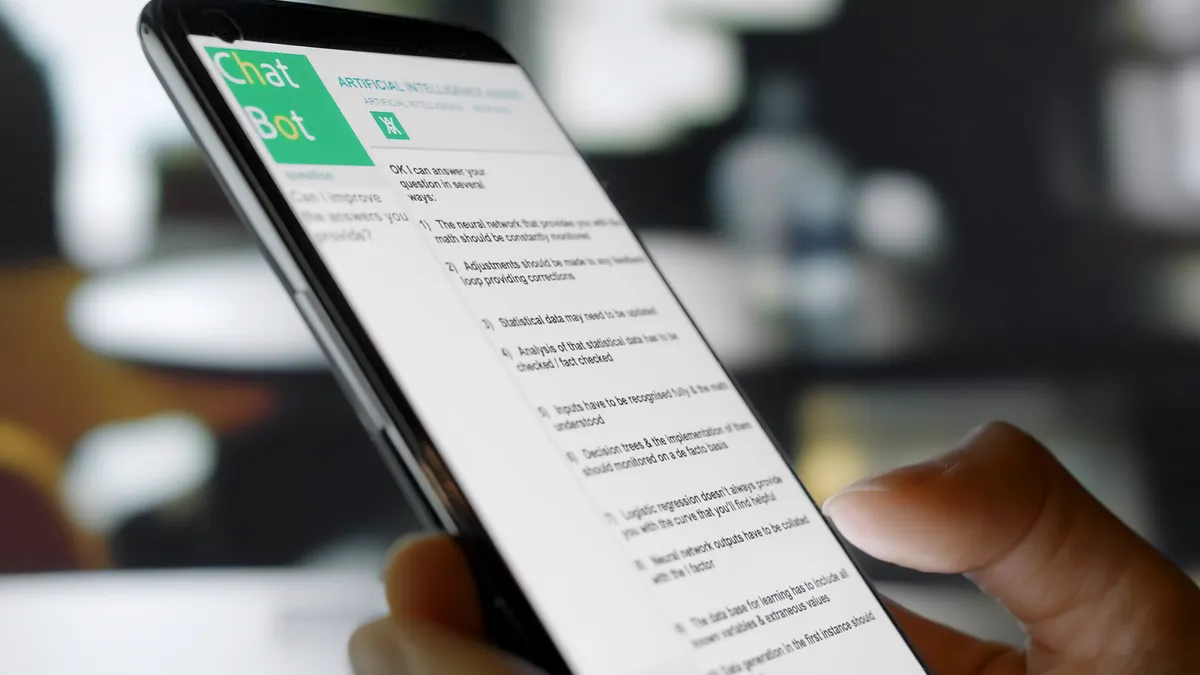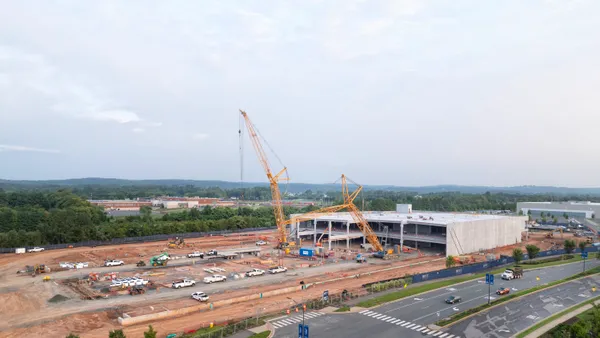The Association of General Contractors just reported that public and private nonresidential construction spending saw deep declines in July. “Construction may have held up longer than many sectors once the pandemic hit. But the industry’s recovery will also take much longer, while some segments may not get back to early-2020 spending or employment levels for many years,” warned AGC’s Chief Economist, Ken Simonson.
While outcomes remain uncertain, experts say one certainty is clear: Dealing with disruption means rethinking operations and investing in technology necessary to up productivity and efficiency. Asset management is one of the most cost-effective investments contractors can make. That’s because efficiencies often have a ripple effect when spread across all assets — and implementation costs are surprisingly low, according to Russ Young, vice president of growth for Tenna.
“With average project margins hovering in the 7 or 8% area, the 1 or 2% margin uplift from simple things like better equipment management have graduated from just nice to have technology, to must have,” he said. “In this disruption, it has become a necessary tool to run construction projects — and now it often means the difference between a growing company and a dying company.”
Yet, less than 20% of contractors are using basic asset management tech such as RFID/tracking devices, according to the 2019 JB Knowledge ConTech Report.
Here are four reasons asset tracking is more vital than ever:
- Improves productivity. Construction’s two major cost centers are labor and assets. Nearly 60% firms are using project management software, according to the JB Knowledge report. But currently only 13% of contractors are using equipment tagging, according to the USG Corporation + U.S. Chamber of Commerce Commercial Construction Index . The index notes that more than half of contractors point to asset tagging technology as key to improving productivity. “Knowing where an asset is, is one thing, but managing when you need to buy them, when you need to rent them, where they need to be at the right place and time — that dramatically impacts productivity,” said Austin Conti, CEO and co-founder of Tenna. “But a lot of people don’t even know what they have.” Industry-leading asset management systems offer easy-to-use apps that show where assets are, along with maintenance records, history of use, and driver records.
- Provides insights on operational efficiencies and performance. As noted, many companies lack asset management technology tools, which leaves them with little understanding of how assets are being used and how to more efficiently schedule their use. But more than 60% of contractors recognize that better asset management is key to more efficient scheduling, according to the Commercial Construction Index. “It’s all about utilization,” Conti said. “And instead of guesswork, decisions can be made using real-time data.” Asset management systems use a variety of sensors and IoT technology to automatically create digital reports about how assets are being used with up-to-the-minute insights managers can use to dramatically improve efficiency and performance. For example, before implementing asset management, one Tenna customer estimated that a wheel loader worked 2,000 hours on a job. But the asset management system revealed it was only logging 800 hours — a 60% difference that could have been used on another site to eliminate unnecessary rental or purchase of other expensive equipment.
- Increases competitiveness. In an industry with razor thin margins, contractors are always looking for competitive edges. Young says if the same trends play out from past disruptions, more civil projects will emerge — with more contractors chasing them. In that scenario, effective asset management tools will be a “must have” to compete in a market with more dollars but thinner margins. With accurate utilization data, asset management yields more accurate, more competitive bids, an edge that can make or break bids and maintain margins no matter what the market conditions. “Every contractor is looking to shave margins,” Conti said. “So, having that kind of differentiator is really key.” Even something as simple as better maintenance tracking can have big impacts. In fact, a single down unit and the associated resources wasted because of it can end up costing a business upwards of $2,800 for a lost workday.
- Reduces capital expenditures. The average Association of Equipment Management Professional (AEMP) contractor manages 1,333 pieces of equipment – a total worth $157.2 million dollars. So, it’s easy to imagine the difficulty tracking data, comparing performance and managing maintenance for every type, make and model of machine. Meanwhile, renting or leasing of construction equipment has been on the rise, owing to the equipment cost and also the cost of the maintenance process. But many firms without asset management systems may be buying and renting more equipment than they need simply because they don’t know what they have or how it’s being used. Some superintendents even end up hoarding equipment. With asset management, contractors can eliminate under-utilized assets, enact better preventative maintenance, prolong asset lifespans and get better visibility and accessibility into owned assets versus rented. “You're always kind of making the rent versus buy or rent to own decision, and those decisions should be driven by the projects,” Conti said.
As contractors continue recovering from the current pandemic downturn, asset management systems will increasingly be a key variable in which contractors remain standing. “Those folks embracing technology such as asset management are going to be the ‘Amazon's’ in this new world, and the ones that are still working on the yellow notepads are going to be the ‘Borders Books’,” Young said. “Asset management is going to be a key differentiator that separates those winners from losers.”










